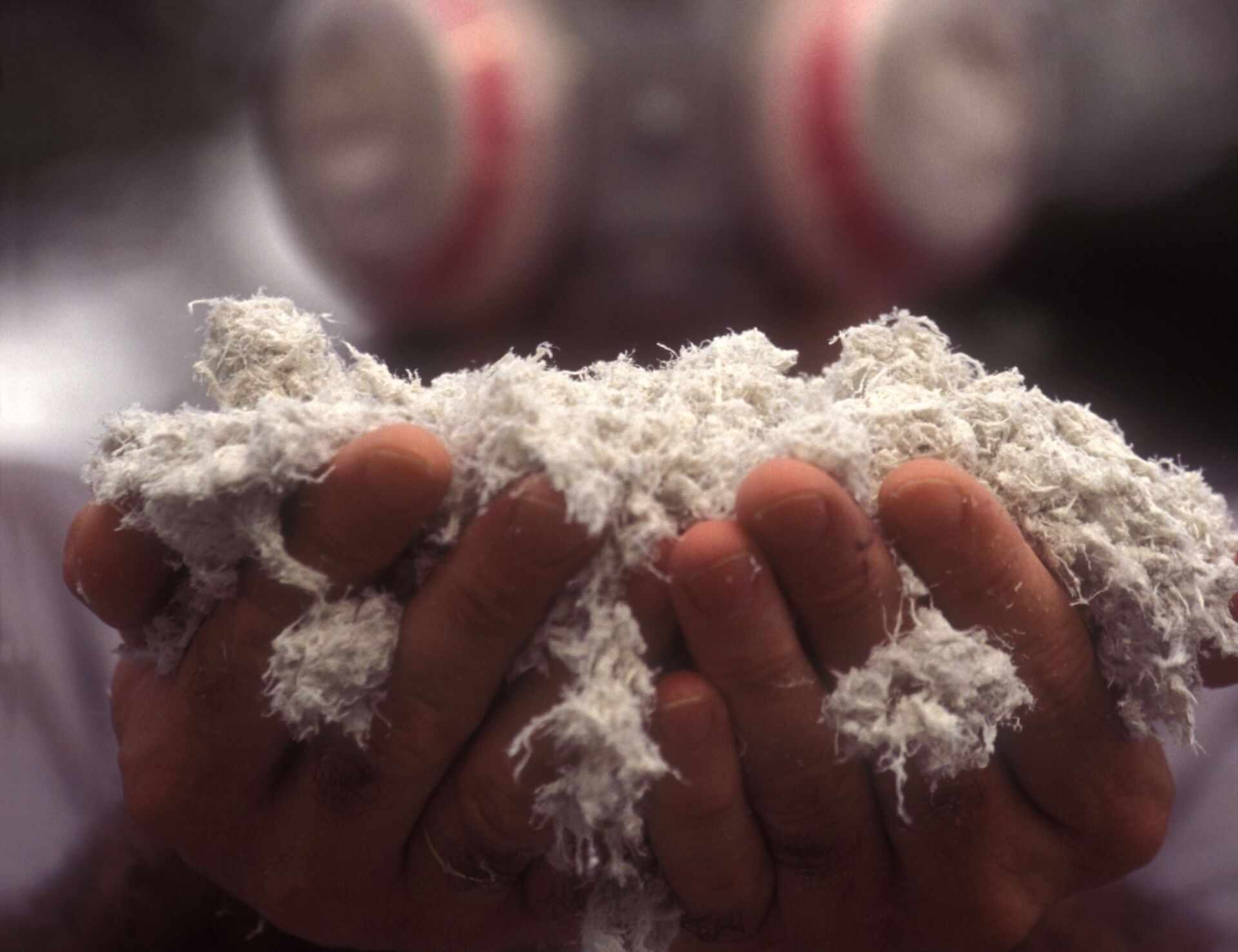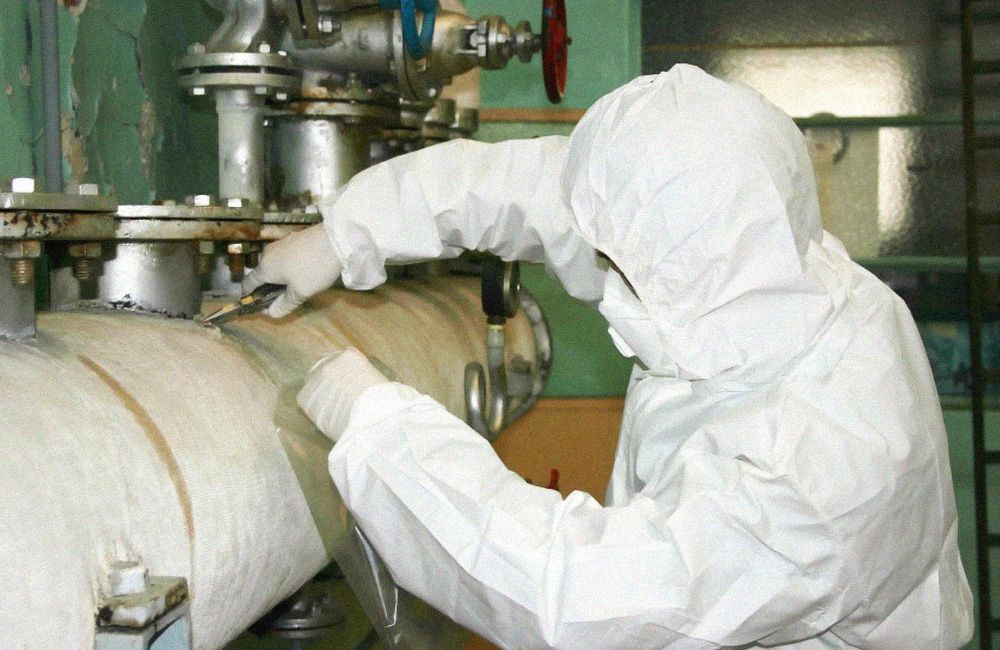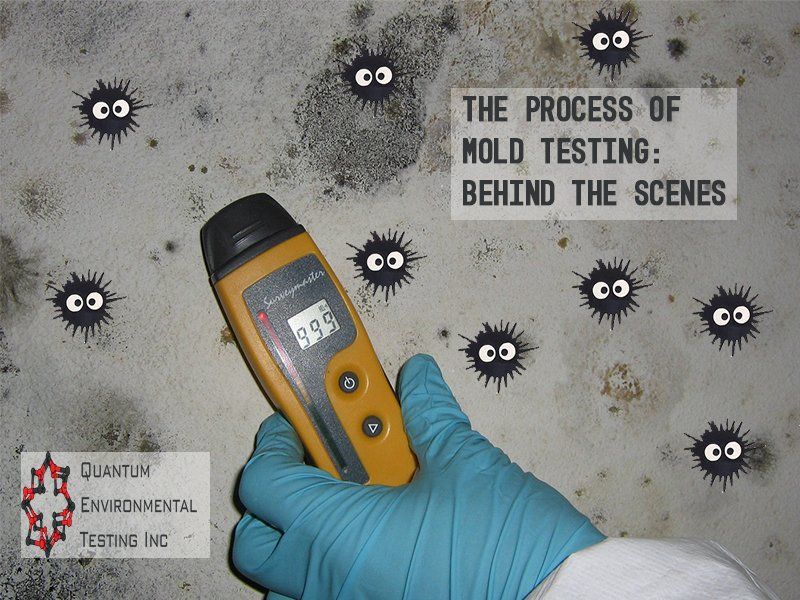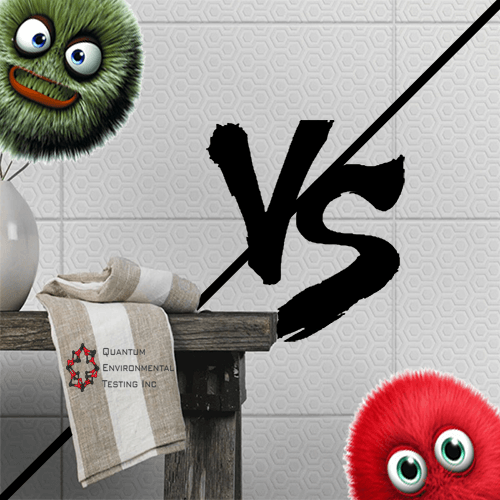Our Blog

Buying a home is likely to be one of the most significant long-term investments that you will make - so you should be sure that you know about any issues that are present. This is why scheduling a home inspection is so important. One type of professional inspection that is commonly overlooked is asbestos inspection. Testing for asbestos is an essential factor to consider whether you are planning on buying/selling a home, or living in it for the foreseeable future, especially if the construction it was built before 1990. Is It Safe to Live in a House That Contains Asbestos? The increasing awareness of asbestos and its carcinogenic effects means that more prospective buyers are posing the question: Is it safe to live in a house that contains asbestos? To get your question answered, you’ve first got to understand that there are two types of asbestos that will determine the level of hazard: - Friable asbestos - Friable asbestos is the term used for any asbestos-containing material that can be crushed, crumbled, pulverized, or turned to powder due to abrasion or pressure. Such products, which are loosely held together and could easily release measurable levels of asbestos into the airborne environment, usually contain high levels of asbestos - up to 100%. In essence, friable asbestos is the most hazardous form of asbestos as the materials are loose, and the fibers can easily become airborne. Examples of common friable asbestos products found in the home include: Thermal insulation Insulation boards Pipe lagging Sprayed coating - Non-friable asbestos or bonded asbestos - encompasses materials more resistant to damage and abrasion. Mixed with other materials, (e.g. cement in asbestos cement sheeting), bonded asbestos products are solid, rigid, and will not release harmful fibers into the air as they are tightly bound. Given the fact that non-friable asbestos is firmly bound, it does not pose the same threat to human health as friable materials. However, non-friable asbestos may become friable in time due to degradation or chemical exposure or through damage. Discovering that a property contains asbestos isn't always a deal-breaker; asbestos only poses a health threat when it’s disturbed or damaged in any way. Where friable asbestos presents a risk to building occupants, non-friable asbestos products are less likely to become airborne unless the product is damaged or has deteriorated. Examples of non-friable asbestos-containing material include: Vinyl floor tiles Cement sheets Bitumen-based products Textured decorated coatings (such as Artex) Whether or not it's safe to live with asbestos in your house depends on the type of asbestos-containing materials and their condition. While there is no safe threshold for exposure, many asbestos-containing non-friable materials will not pose an immediate threat. On the other hand, friable materials are extremely dangerous and require immediate removal. Therefore, it all depends on the type of asbestos materials that can be found in your home and their condition. Even if the asbestos-containing materials are determined to be non-friable and non-hazardous, it is not worth the risk of putting your health and family’s health in potential danger in the future. *In southern California, SCAQMD considers everything Friable if it is damaged and they consider something as small as a scratch to be damaged. Common Locations of Asbestos in Domestic Buildings Once a popular building material, asbestos can be found in insulation, flooring, and around boilers, ducts, and pipes. Although asbestos-related diseases were known (and often hidden) since the early 1900s, public knowledge and pressure to reform the asbestos industry would wait until the late 1980s, when the general public began to realize the dangers of asbestos and its role in causing asbestosis, lung cancer, mesothelioma, among other lung problems and health complications. Because of its fire resistance, high durability, and other favorable properties - and apart from its known health effects - asbestos was an ideal material for insulating furnace pipes, ducts, and other plumbing and HVAC components, so you're most likely to find it in the basement, attic, or another utility area. In addition, it was an ingredient in some vermiculite-based attic and wall insulation. You might also find it in the ceiling and floor tiles, in the casing for pipes, fireplaces, and boilers, in roofing tars, felts, and siding shingles. Older popcorn ceilings (sprayed acoustic) are also likely to contain asbestos. If the mineral is found in your newly purchased home, it may reduce the air quality within and around your building and is likely to cause you or your family adverse health effects down the road. If you suspect that asbestos is present in your home, it’s best to have a licensed professional inspect the material before you begin any remodeling. Many states now require an asbestos inspection prior to renovation in any structure, private or public. Rely On the Professionals If you are buying a home that was built before 2000, there is a chance it could contain asbestos, and this is something that you will want to know about. Considering the fact that asbestos has been used in thousands of building products, there’s a pretty good chance that homes constructed between the mid- 1940s until the late 1980s will have some asbestos present, and, in fact, some asbestos materials (roofing mastic and flooring, for example) are still being installed today. It’s a wise idea to have your home professionally inspected and tested in order to make sure that no hidden dangers are lurking in your home. You can rest assured that highly qualified asbestos professionals know how to identify asbestos hazards and can restore your home to safety, often quickly and affordably. About the author: Asbestos123 is a non-profit organization whose primary mission is to inform homeowners about the dangers of asbestos-containing materials. For more useful information on the dangers of asbestos, and how to identify and safely remove asbestos from your home, please visit our website .

Should asbestos be determined to be present in any collected samples, QET will be more than happy to assist you in the abatement portion of your project. This could be from answering general questions to helping you select an approved abatement contractor. In the past asbestos was frequently used in the construction industry owing to its light weight and its chemical, electrical and thermal resistance. Over time, the health hazards of asbestos were discovered, and this resulted in a significant reduction in its usage. Although it’s use has been reduced, products from overseas and the natural occurrence of it in mineral deposits alongside common building materials can cause the appearance of asbestos in modern building products. This is one of the reasons the testing of asbestos in building products is required by regulations (AQMD Rule 1403) before the materials are disturbed. Even modern suspect materials are required to be tested before they are disturbed. The quantity of samples collected is determined by the 3-5-7 Rule; meaning 3 samples from less than 1,000 square feet area, 5 samples from 1,000 to 5,000 square feet area, and 7 samples from greater than 5,000 square feet area; for each homogeneous material.

Behind the scenes: the process of mold testing If you have recently noticed green patches on your walls or ceilings and want to know if it’s mold, there is an easy way to identify it. Although there are many mold testing kits available in the markets these days, the simplest process of mold testing involves only bleach. You can take household bleach and put some on the discoloration on your walls. If the color changes, it is mildew, but if there are no changes, then you are dealing with mold. It is recommended to contact a professional mold inspector who can come to your house and determine what kind of mold is present . They may use a variety of procedures to check for mold as such taking air samples, swab testing or sending the affected object for laboratory testing. When the inspector arrives, they will begin the process of mold testing by visually inspecting the area . They will check for signs of spores, discoloration, water damage, pipe leaks or any other sign of moisture. They will be equipped with a heat detector so he can check the humidity levels of the property. A mold inspector will take samples from various affected areas in your home so they can send them to the laboratory for testing. Multiple samples give a higher chance for the exact species of mold to be identified. They may use air sampling, during which a device will suck airborne spores into the equipment which will be placed over a glass substrate, thus creating a sample. After the mold has been identified , the process of mold remediation will begin. Not all kind of mold is harmful to humans, in fact only a handful of species is toxic in nature. The rest of them can be wiped away thoroughly with special mold removal techniques. The size of the affected area and toxicity level will give a clear indication of how much structural damage has occurred and how deep the mold growth is. The mold inspector, based on test results, will provide you with essential information for removal of mold from your home.

Both mold and mildew are types of fungi and share some basic characteristics. However, there are some distinctive differences between them due to their appearances and effects on human health. Mold is the bigger threat of the two and is fuzzy in appearance. It is found in many different colors including black, green, yellow, blue, grey or white. Mold is difficult to clean as it penetrates beneath the surfaces, and it can cause structural damage to your property over time.


